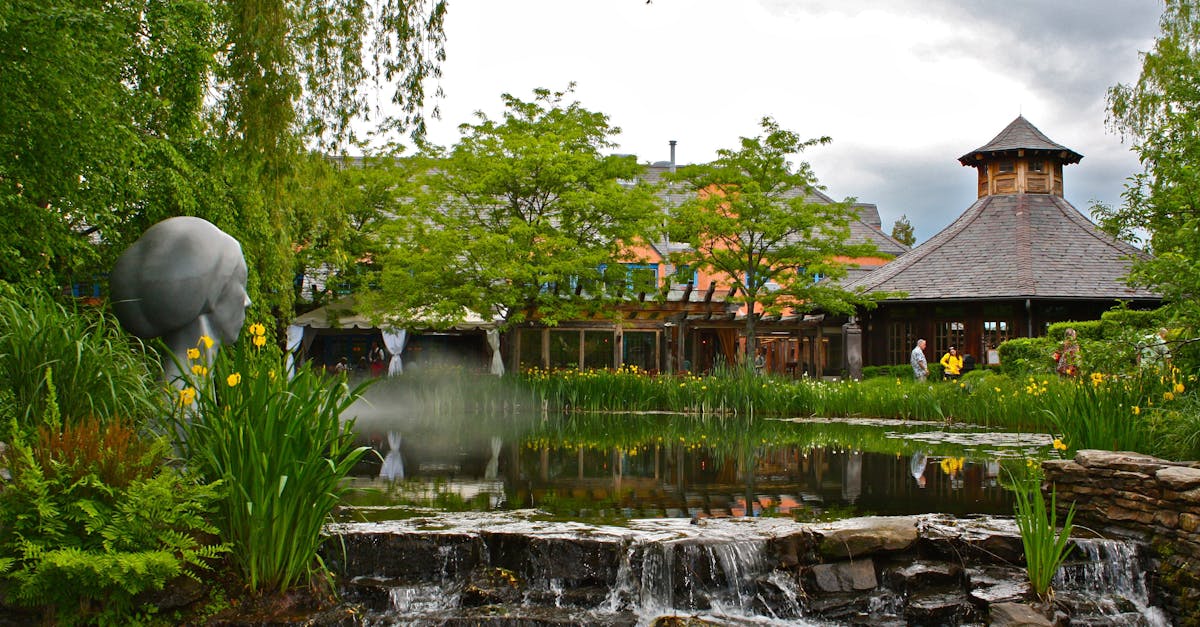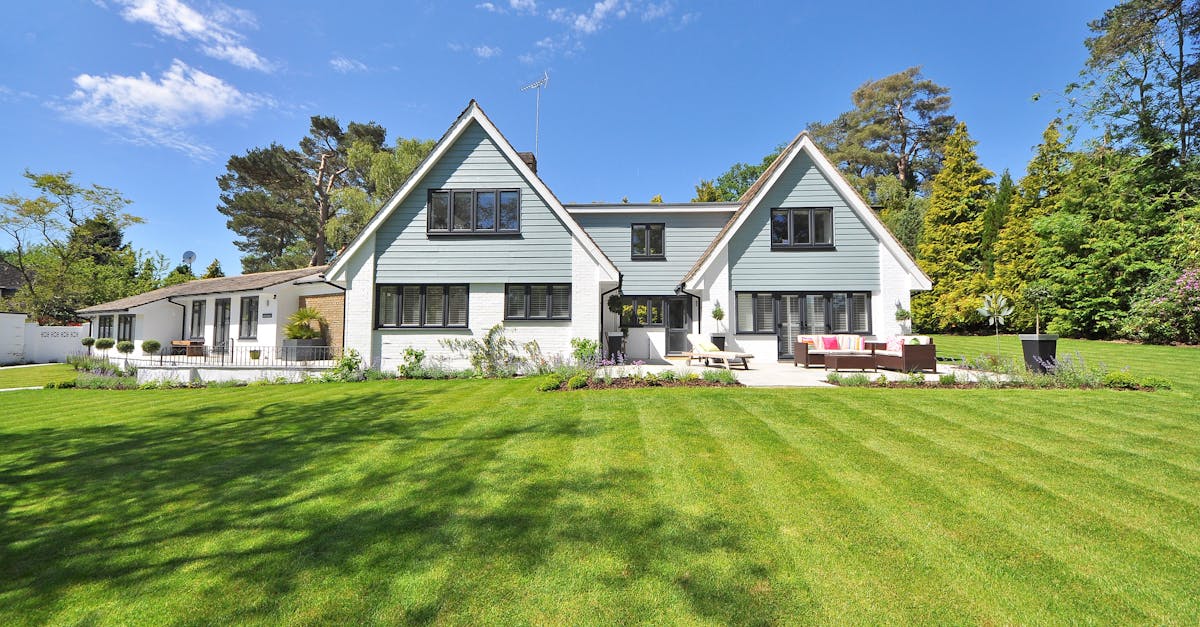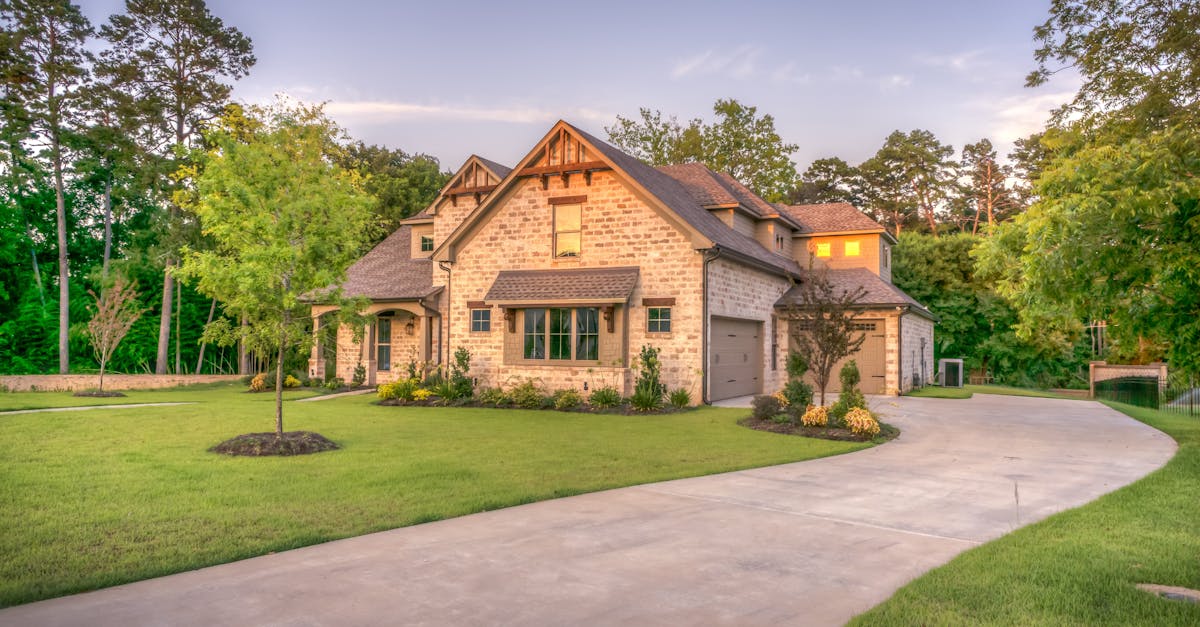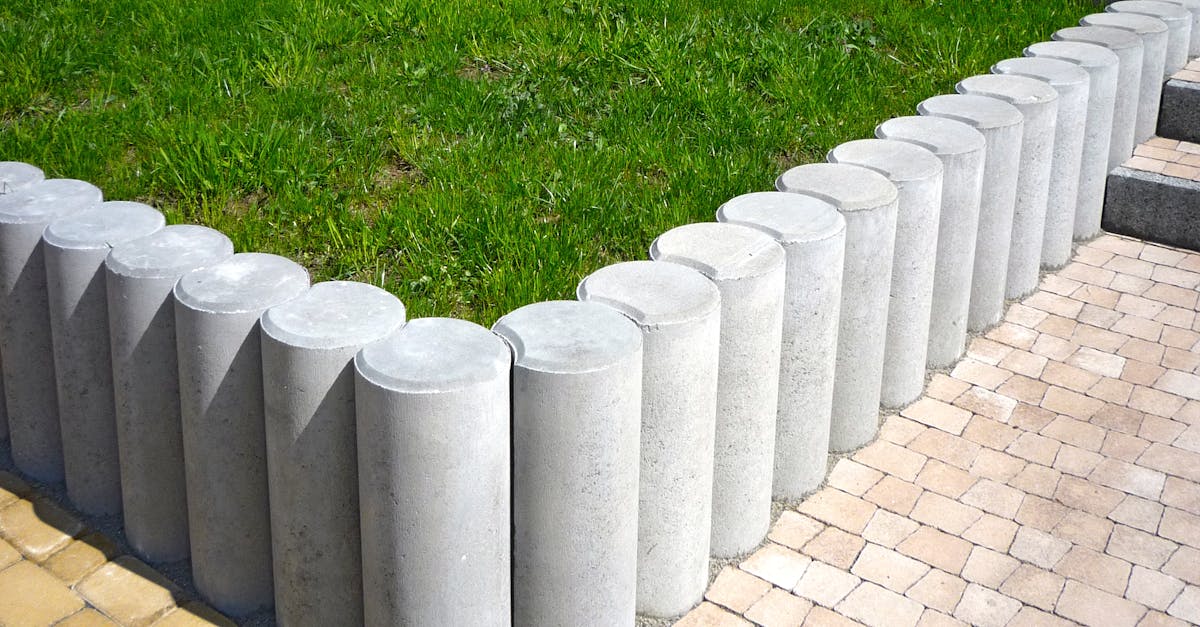
Landscape Design
TMP Landscaping Services offers expert landscape design services to transform your outdoor space into a beautiful and functional area that suits your unique style and needs. Our professional team works closely with clients to create custom outdoor designs that enhance the beauty and value of their properties. From initial concept to final installation, we pay attention to every detail to ensure a seamless and stunning result. Whether you are looking to create a peaceful garden retreat, a vibrant flower bed, or a functional outdoor living space, TMP Landscaping Services has the knowledge and expertise to bring your vision to life. Contact us today to schedule a consultation and start planning your dream landscape design project.
Designing Outdoor Spaces for Different Themes
Designing outdoor spaces for different themes is a creative endeavor that allows homeowners to express their unique style and personality through landscaping. Whether you prefer a modern, minimalist design or a lush, tropical oasis, there are endless possibilities to transform your outdoor space into a harmonious retreat. By carefully selecting plants, hardscape elements, and decorative features that align with your chosen theme, you can create a cohesive and visually appealing landscape that enhances the overall aesthetic of your home.
When designing outdoor spaces for different themes, it is essential to consider factors such as climate, soil conditions, and maintenance requirements to ensure the long-term success of your landscaping project. For a tropical theme, incorporating bold, colorful flowers, lush foliage, and exotic hardscape materials can help create a vibrant and tropical ambiance in your backyard. On the other hand, a minimalist theme may focus on clean lines, neutral colors, and simple, low-maintenance plants to achieve a sleek and contemporary look. By carefully planning and selecting elements that complement your desired theme, you can create a stunning outdoor space that reflects your personal taste and enhances your enjoyment of the outdoors.
Creating Unity and Harmony in Your Garden Design
Creating unity and harmony in your garden design involves strategically bringing together various elements to form a cohesive and visually appealing outdoor space. One way to achieve this is by utilizing a consistent color palette throughout your landscape. By selecting colors that complement each other and align with the overall theme of your garden, you can create a sense of coherence and balance.
In addition to color, you can also create unity by incorporating elements that guide the viewer's eye through the space. Utilizing pathways, borders, and other structural elements can help establish a sense of rhythm and flow in your garden. By carefully planning the placement of hardscape features and vegetation, you can direct attention to key focal points and create a harmonious balance between different areas of the garden.
Importance of Color Theory in Landscaping
Color theory plays a crucial role in landscaping, as it enables designers to create visually appealing outdoor spaces. By understanding the principles of color harmony, contrast, and saturation, landscapers can strategically choose plant varieties to achieve the desired aesthetic. Warm colors like reds, oranges, and yellows are often used to create a sense of energy and warmth in a garden, while cool colors like blues and greens can evoke a feeling of calmness and serenity. Additionally, complementary colors placed together can create a striking visual impact, enhancing the overall beauty of the landscape.
When incorporating color theory into landscaping, it's essential to consider the surrounding environment and the desired mood or atmosphere. For instance, in regions like Texas or Arizona, where the climate is hot and dry, utilizing cool and calming colors can help create a more visually refreshing outdoor space. On the other hand, in areas like North Carolina or Michigan, where greenery is abundant, incorporating bold and vibrant colors can add a lively touch to the garden. By paying attention to the color wheel and understanding how different hues interact with each other, landscapers can create harmonious and visually pleasing compositions that enhance the overall beauty of the outdoor space.
Utilizing a Color Wheel for Effective Design Choices
Color is a powerful tool in landscaping design, evoking emotions and setting the tone for outdoor spaces. When designing your garden, utilizing a color wheel can help you make informed decisions and create visually appealing compositions. The color wheel consists of primary colors (red, blue, and yellow), secondary colors (orange, green, and purple), and tertiary colors (a mix of primary and secondary colors). By understanding these color relationships, you can achieve harmony and balance in your garden design.
Complementary colors, which are opposite each other on the color wheel, create a dynamic contrast when used together. For example, pairing blue and orange can create a vibrant and eye-catching combination in your garden. Analogous colors, which are next to each other on the color wheel, provide a more harmonious and serene feel. By incorporating these color schemes thoughtfully in your planting design, you can create a visually striking landscape that enhances the overall aesthetic appeal of your outdoor space.
Landscape Maintenance Tips for Homeowners
Landscape maintenance is crucial for preserving the beauty and functionality of your outdoor space. Regular tasks such as mowing the lawn, trimming hedges, and weeding flower beds should be done to keep your garden looking its best. Additionally, ensuring that plants are pruned as needed can promote healthy growth and prevent overcrowding.
Another important aspect of landscape maintenance is proper watering and fertilizing. Be sure to water your plants deeply and infrequently to encourage strong root systems. Consider installing a drip irrigation system to deliver water directly to the roots and reduce water waste. When fertilizing, choose products that are appropriate for the specific needs of your plants and avoid over-fertilizing, which can harm both the plants and the environment. By staying on top of these maintenance tasks, you can enjoy a beautiful and thriving outdoor space year-round.
Ensuring Proper Care and Maintenance of Your Garden
Proper care and maintenance of your garden are crucial to ensure its longevity and vibrancy. Regular watering, pruning, and weeding are essential tasks that should be incorporated into your gardening routine. Watering requirements vary depending on the plant species, soil type, and weather conditions. It is important to water deeply and less frequently to encourage deep root growth. Mulching can help retain moisture in the soil and suppress weed growth, providing a conducive environment for your plants to thrive.
Pruning is another key aspect of garden maintenance that helps promote healthy growth and shape plants aesthetically. Regularly remove dead or diseased branches to prevent the spread of diseases and allow sunlight and air circulation to reach the plant's interior. Additionally, maintaining proper spacing between plants is crucial to prevent overcrowding and competition for resources. Weeding is a task that needs to be performed diligently to keep unwanted plants from taking over your garden. By staying on top of these maintenance practices, you can create a beautiful and flourishing outdoor space.
FAQS
What are some popular themes for designing outdoor spaces?
Some popular themes for designing outdoor spaces include modern, tropical, cottage, Mediterranean, and native plant landscapes.
How can I create unity and harmony in my garden design?
To create unity and harmony in your garden design, consider using repetition of plants, colors, and materials, as well as incorporating focal points and pathways to guide the eye.
Why is color theory important in landscaping?
Color theory is important in landscaping because it can evoke certain emotions, create visual interest, and help achieve balance and harmony in your outdoor space.
How can I utilize a color wheel for effective design choices in my landscape?
By using a color wheel, you can choose complementary, analogous, or monochromatic color schemes to create visually pleasing combinations in your landscape design.
What are some landscape maintenance tips for homeowners?
Some landscape maintenance tips for homeowners include regular watering, mulching, pruning, fertilizing, and keeping an eye out for pests and diseases to ensure the health and beauty of your garden.
How can I ensure proper care and maintenance of my garden?
To ensure proper care and maintenance of your garden, create a maintenance schedule, stay on top of weeding and pruning, monitor soil health, and seek professional help when needed for tasks like tree trimming or pest control.


